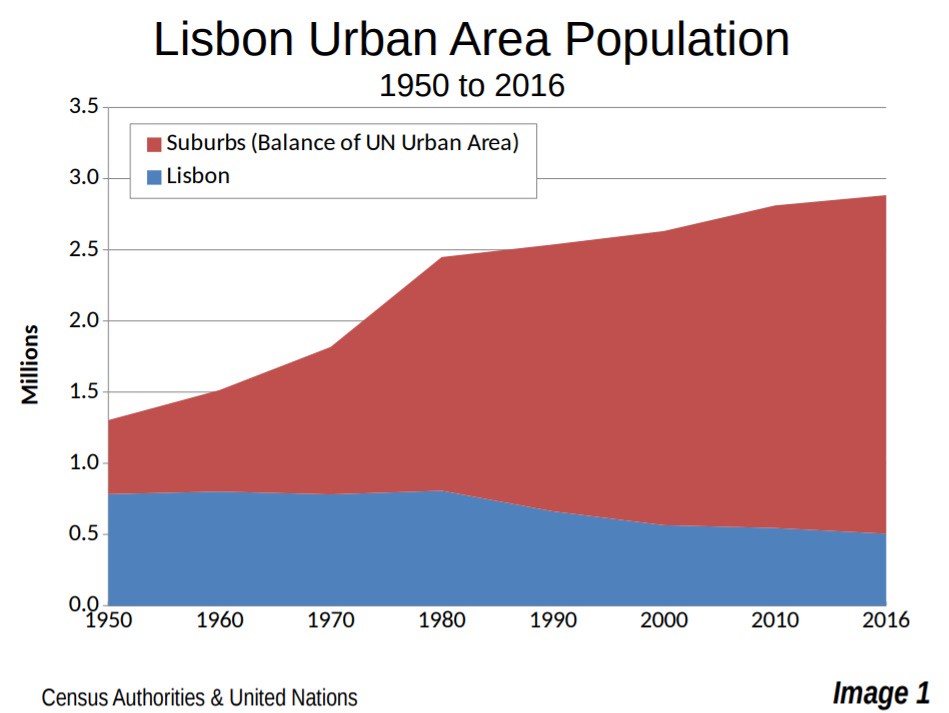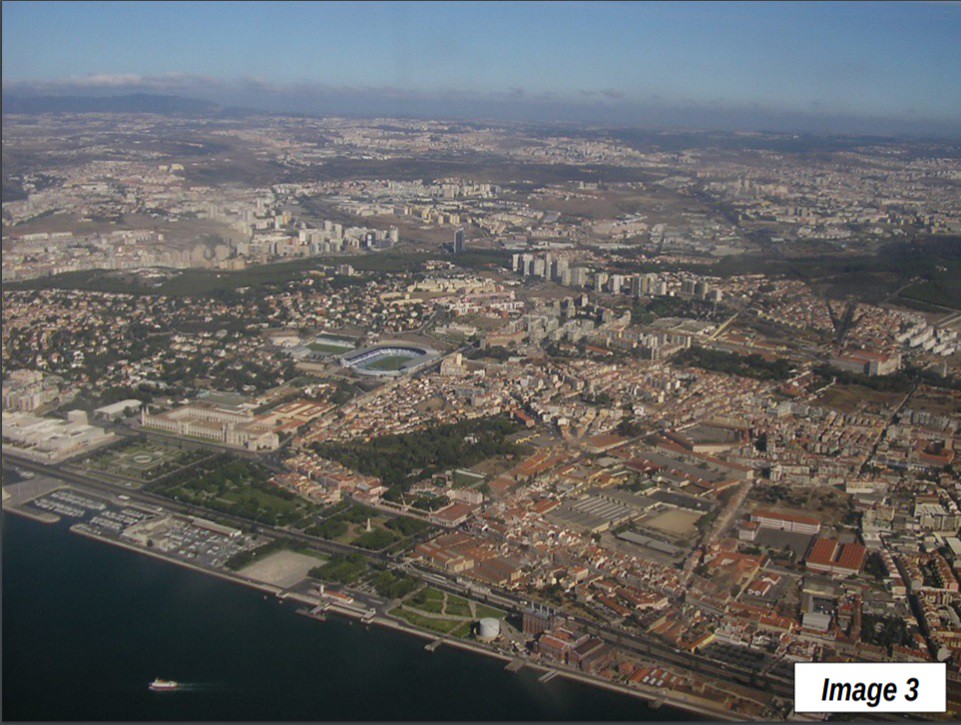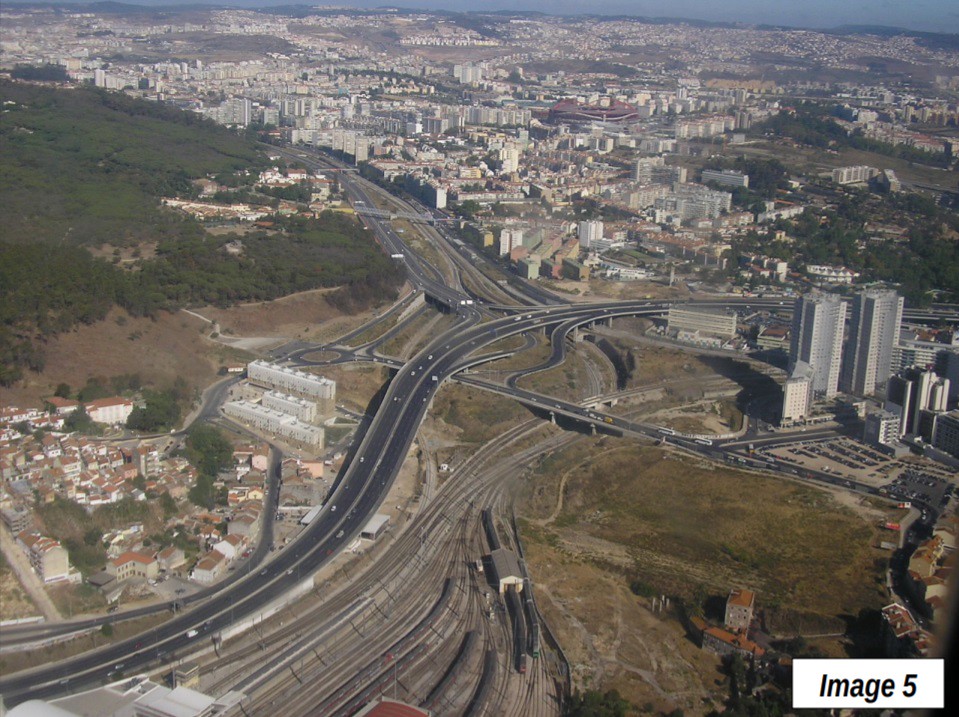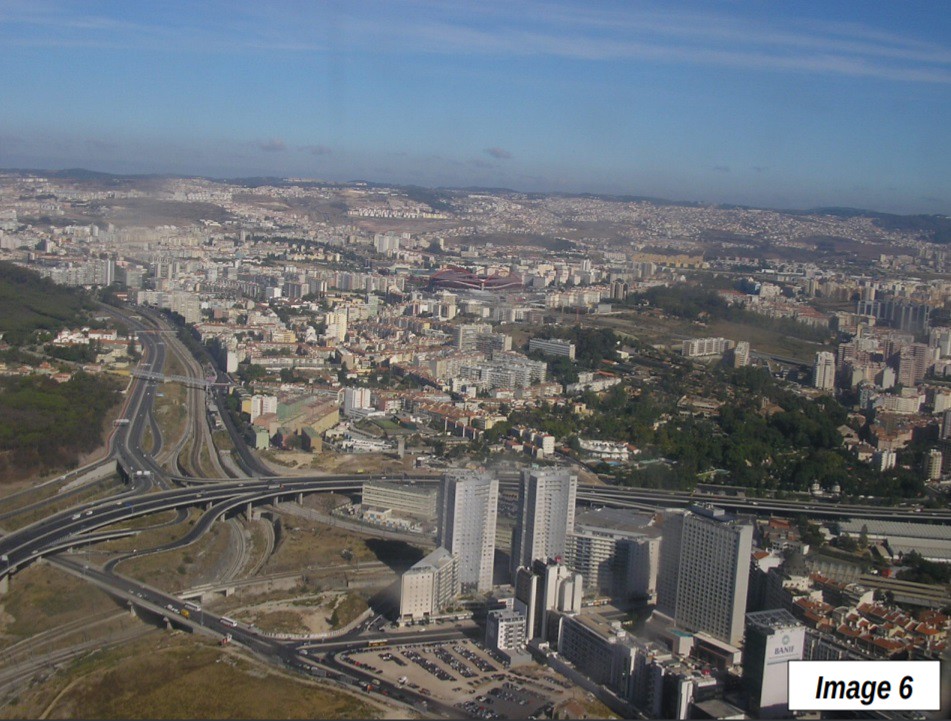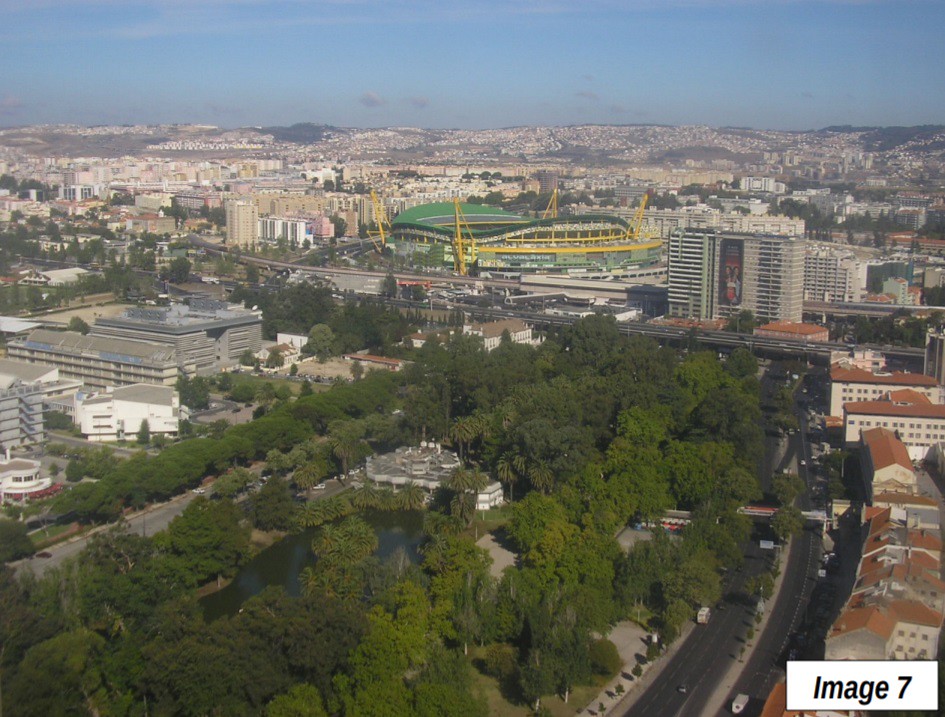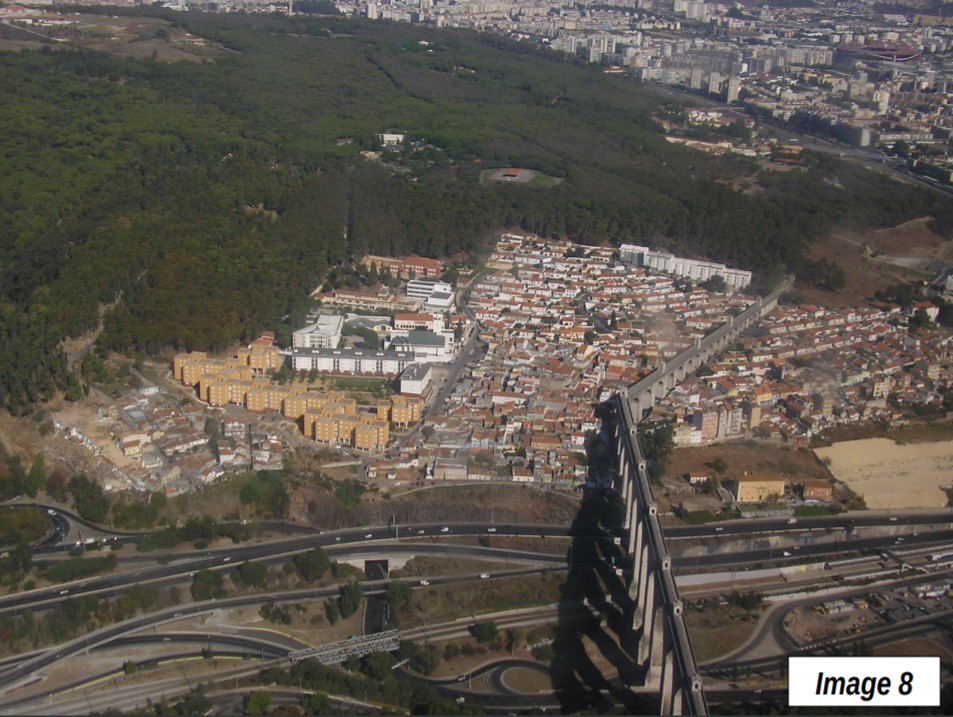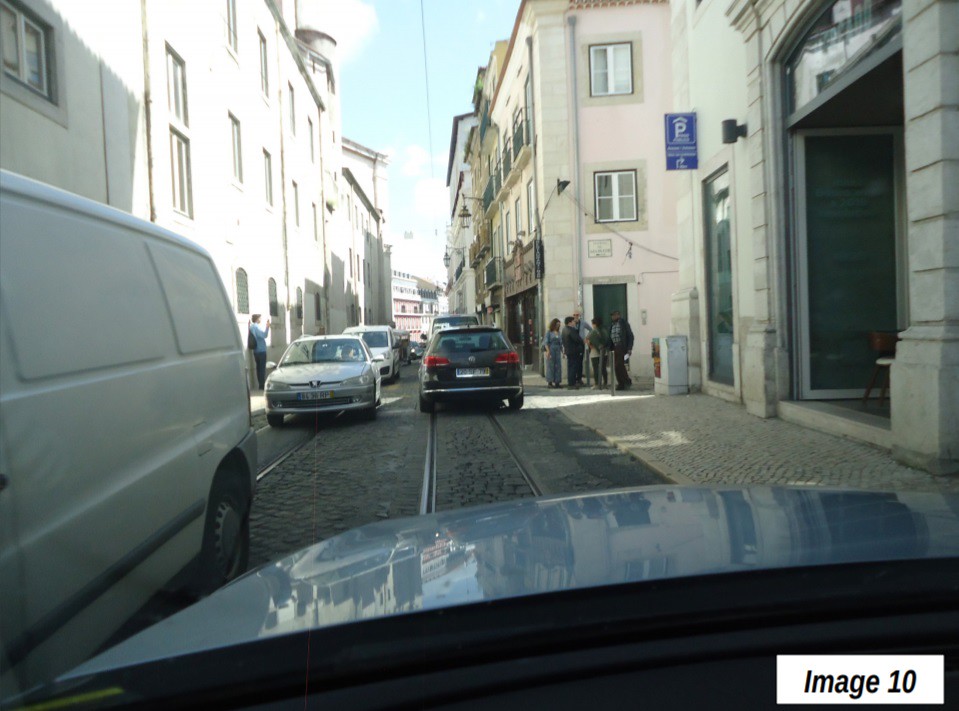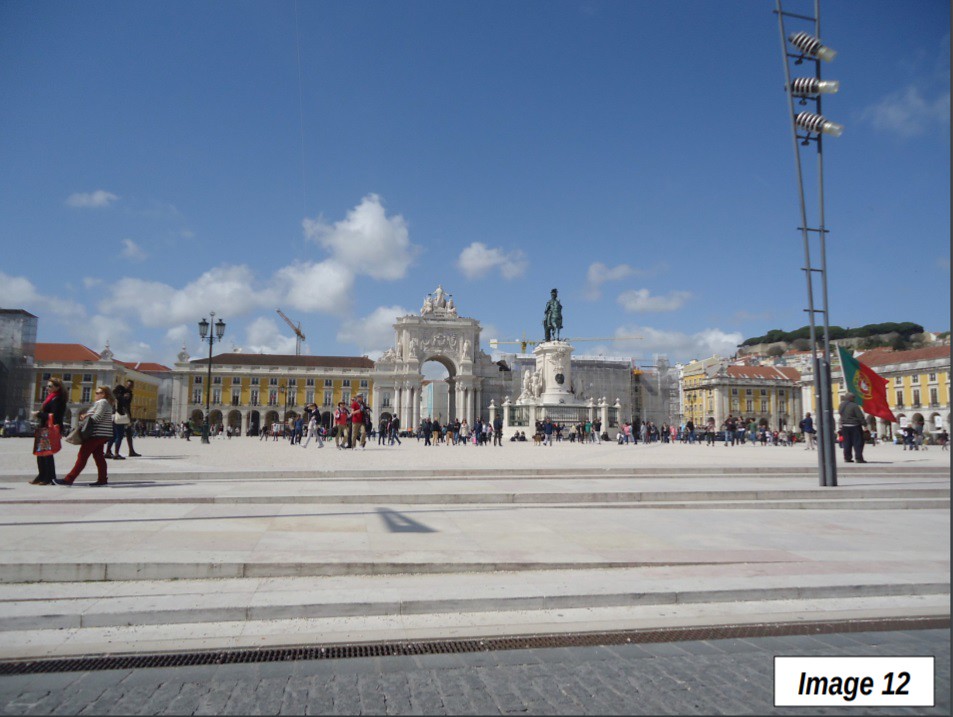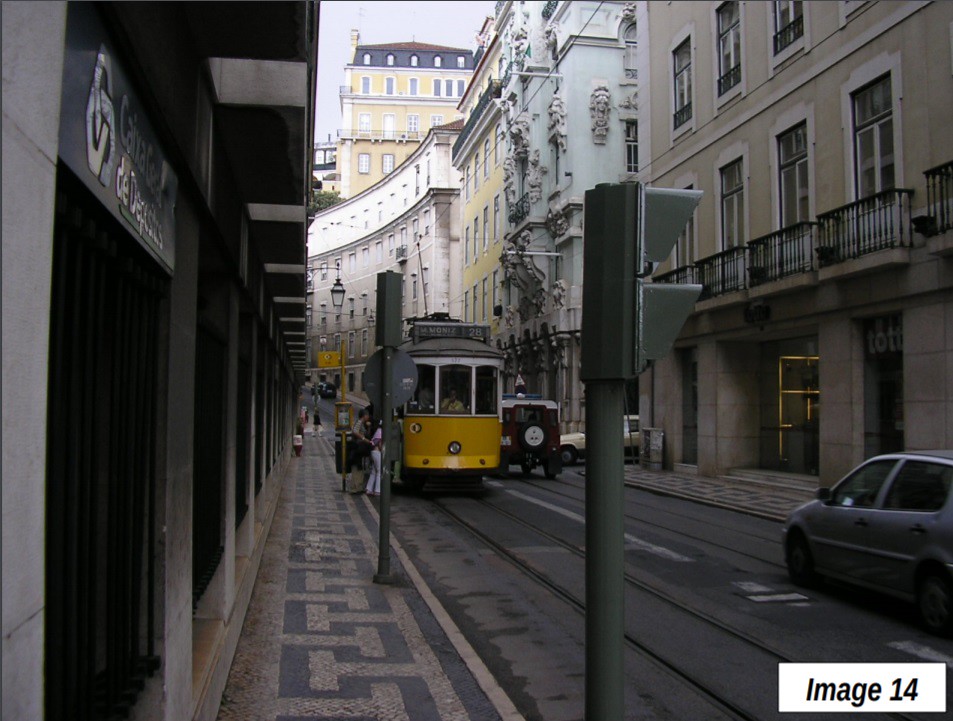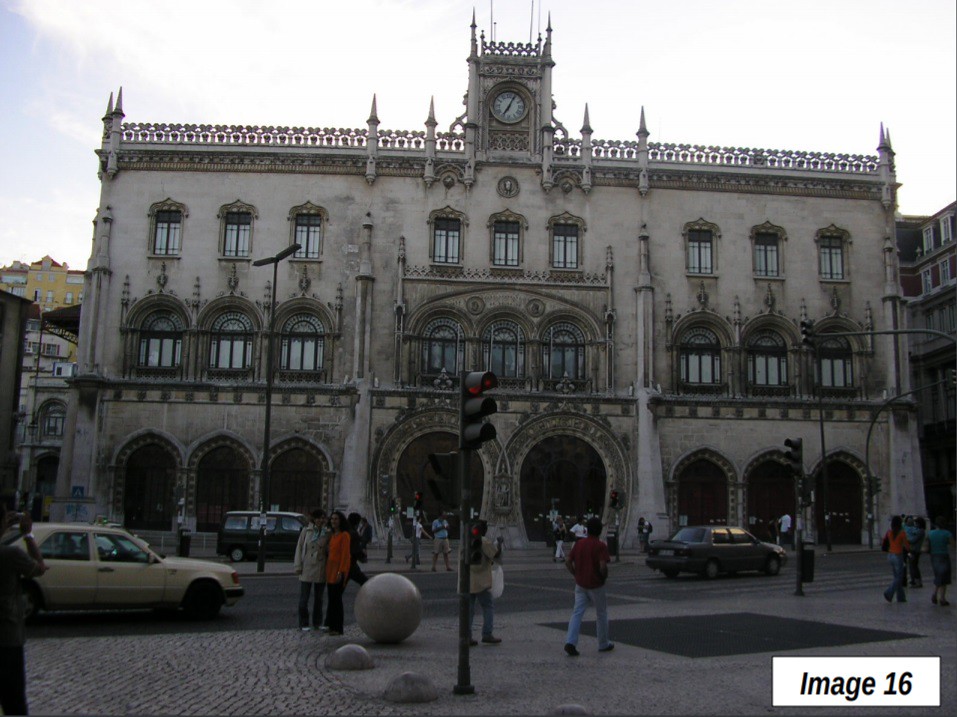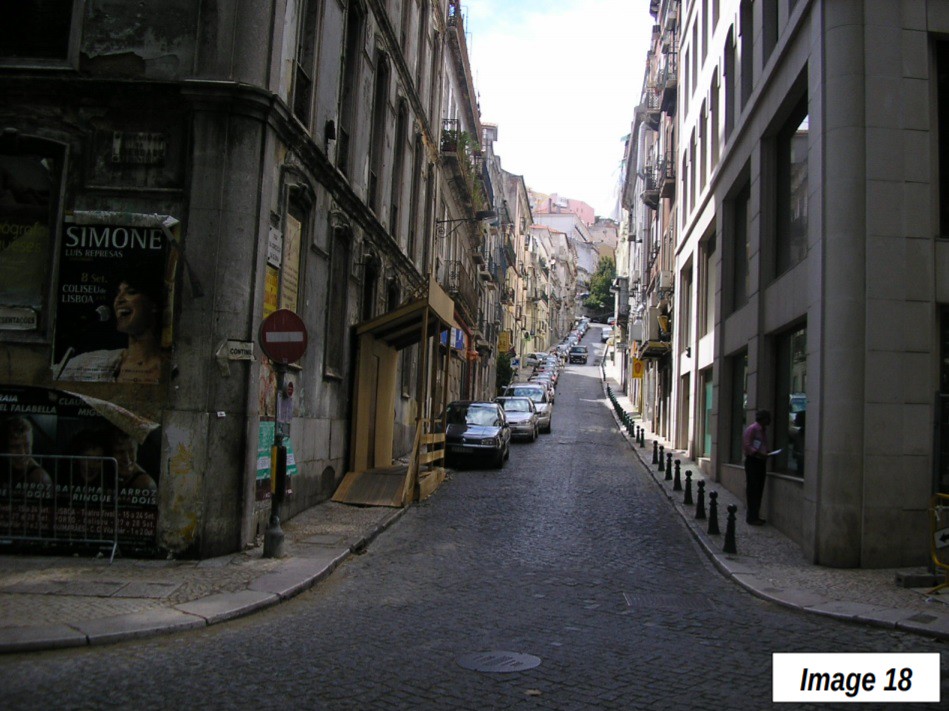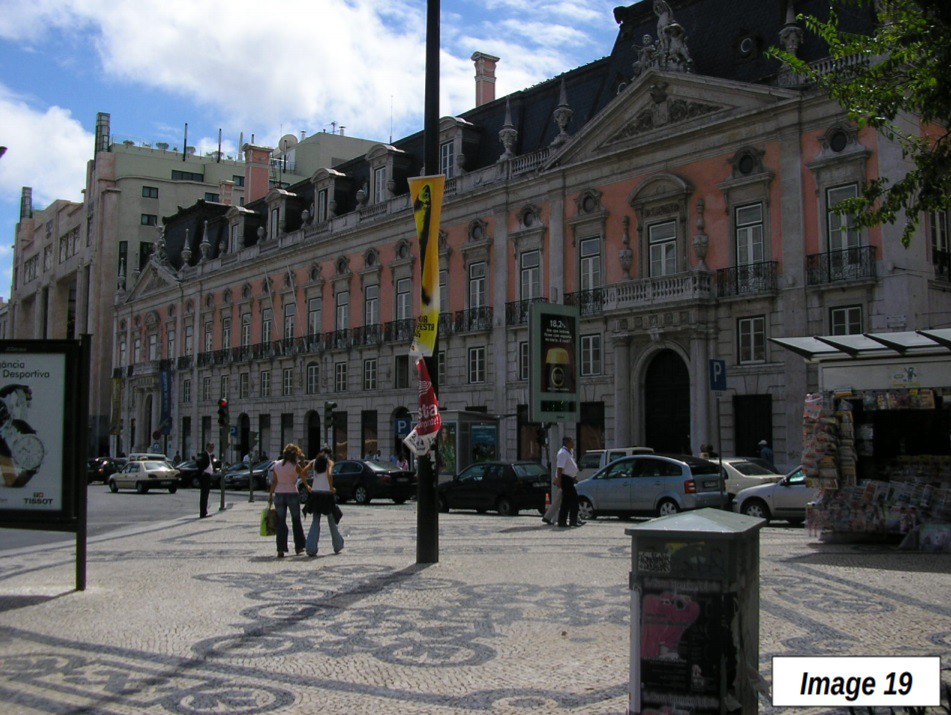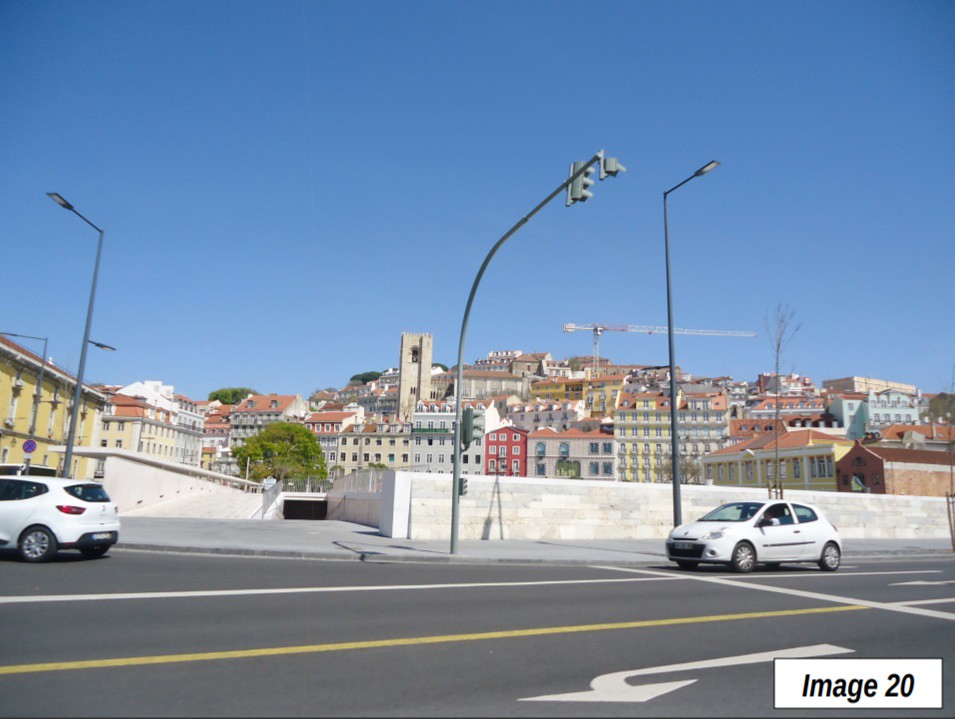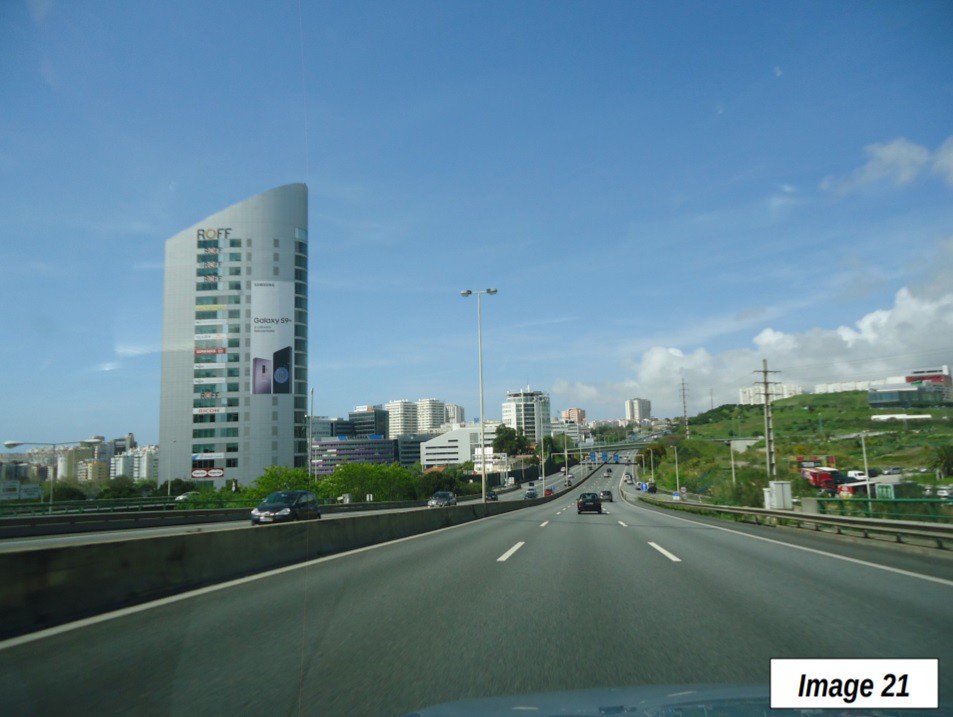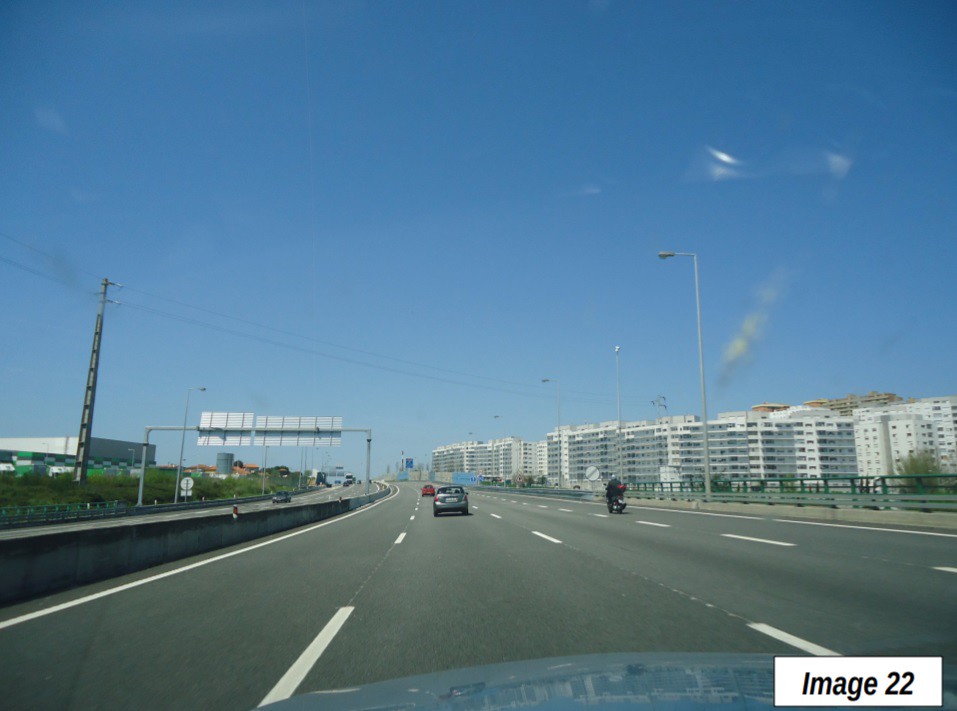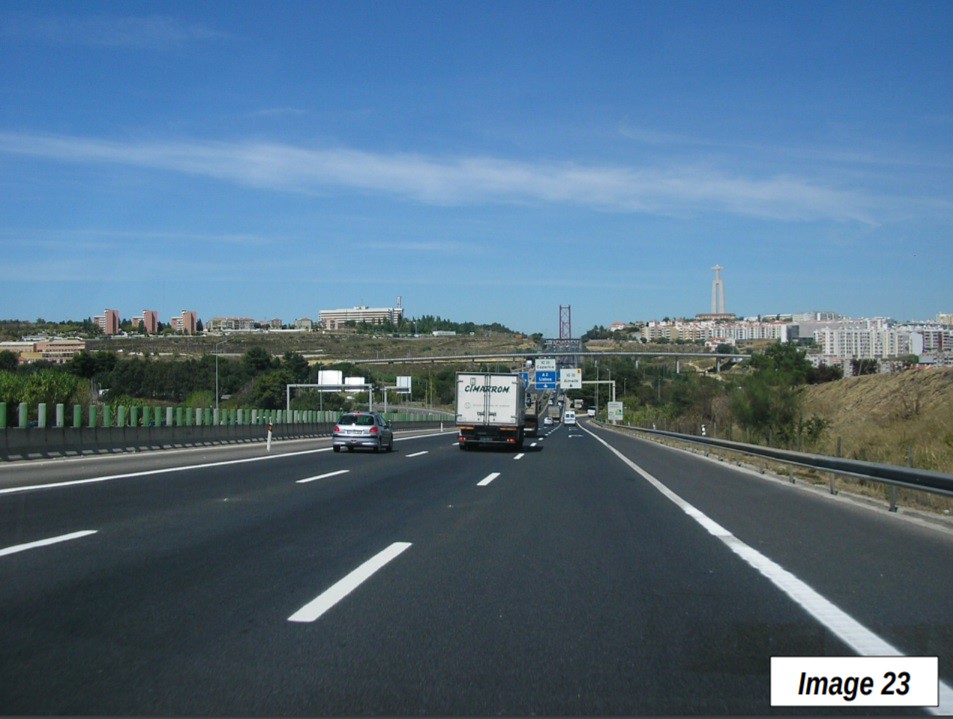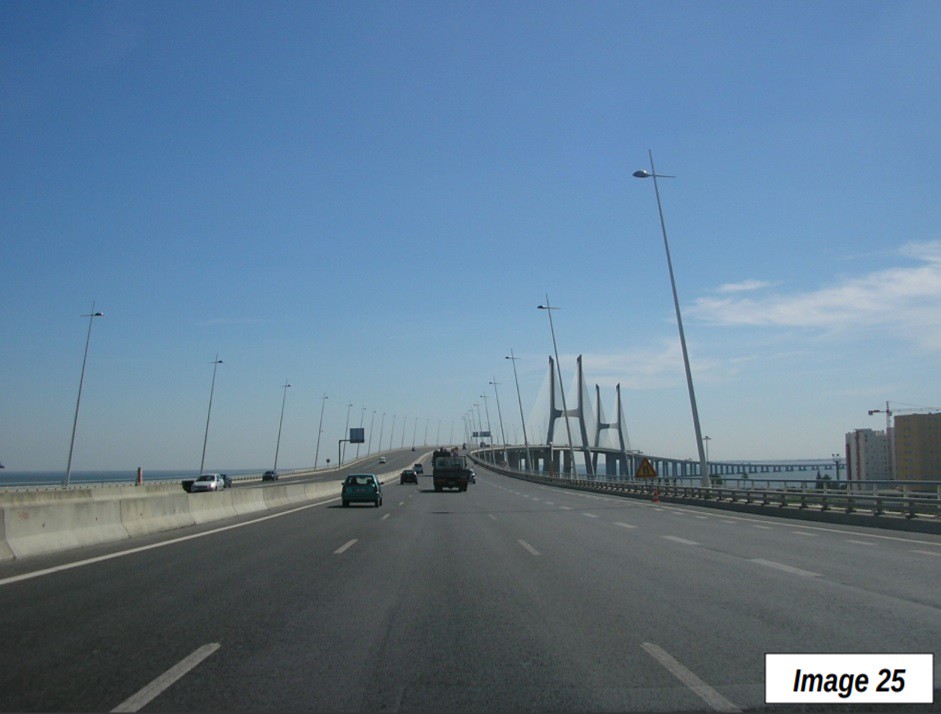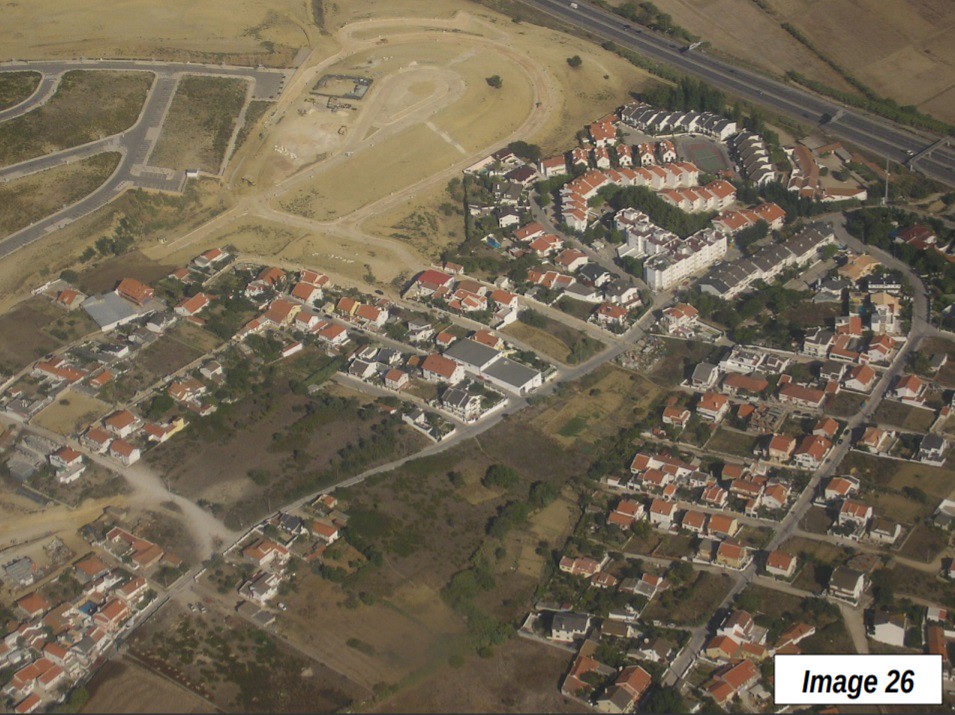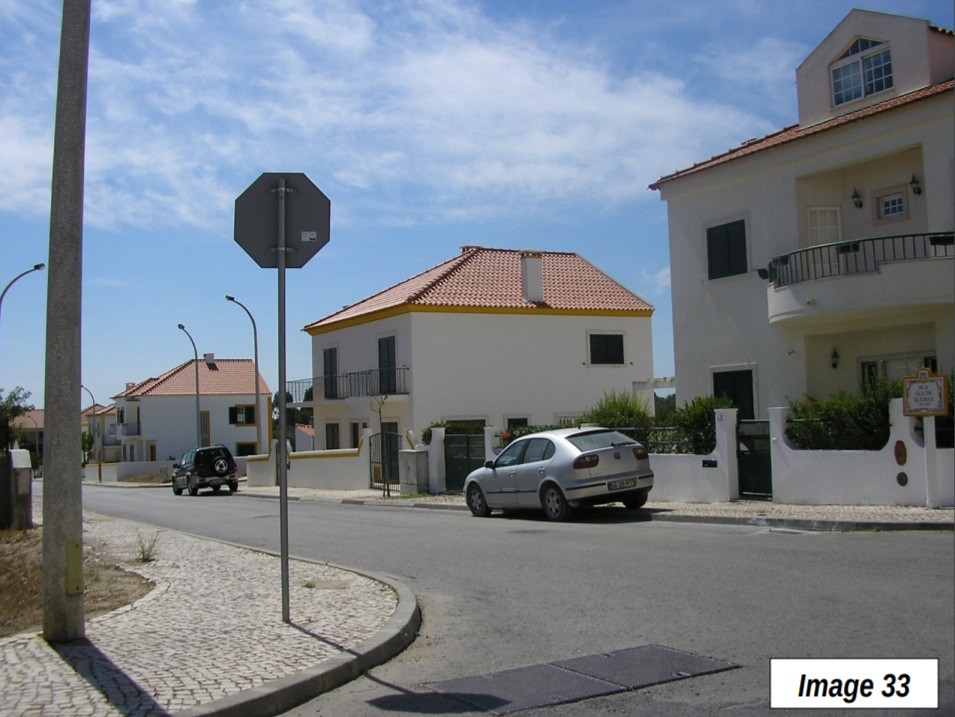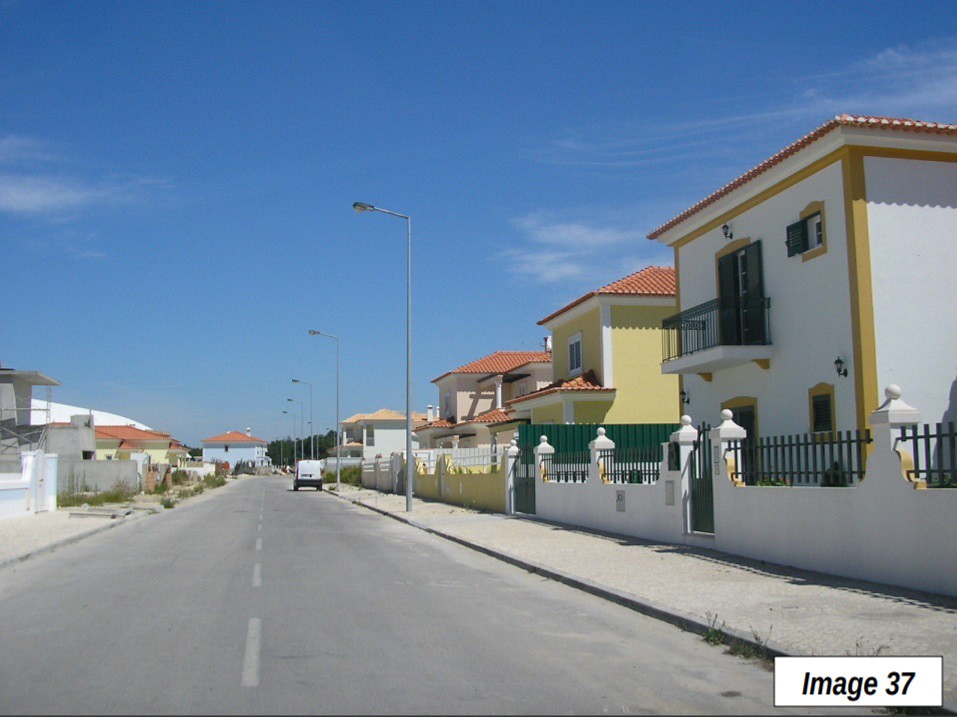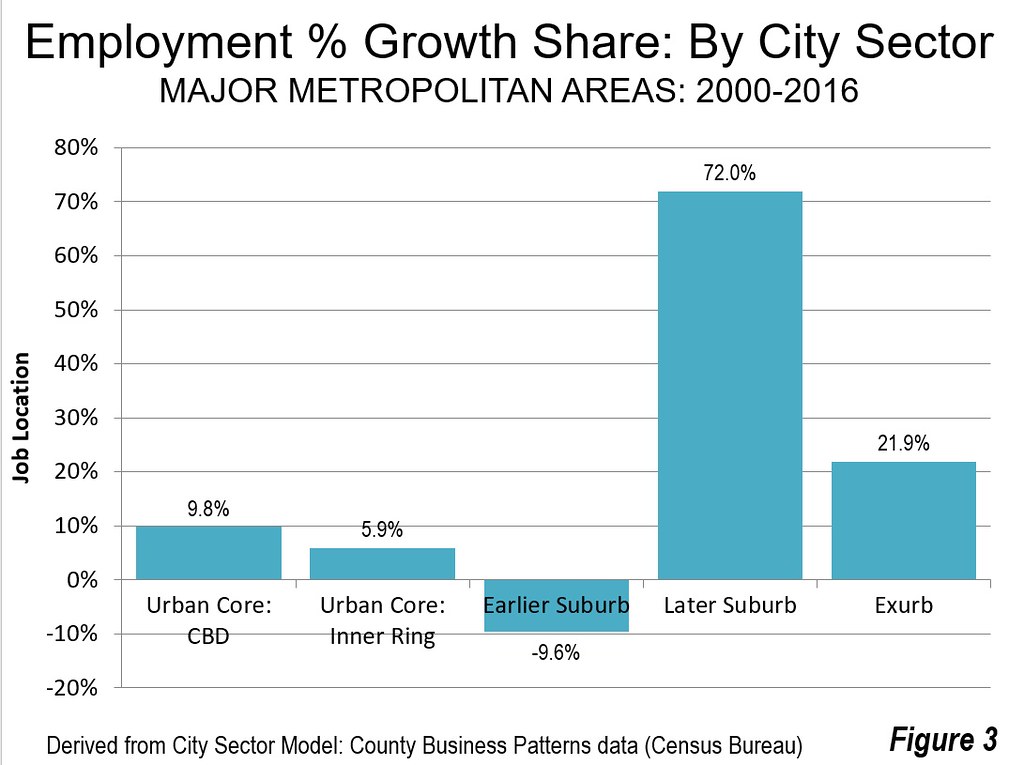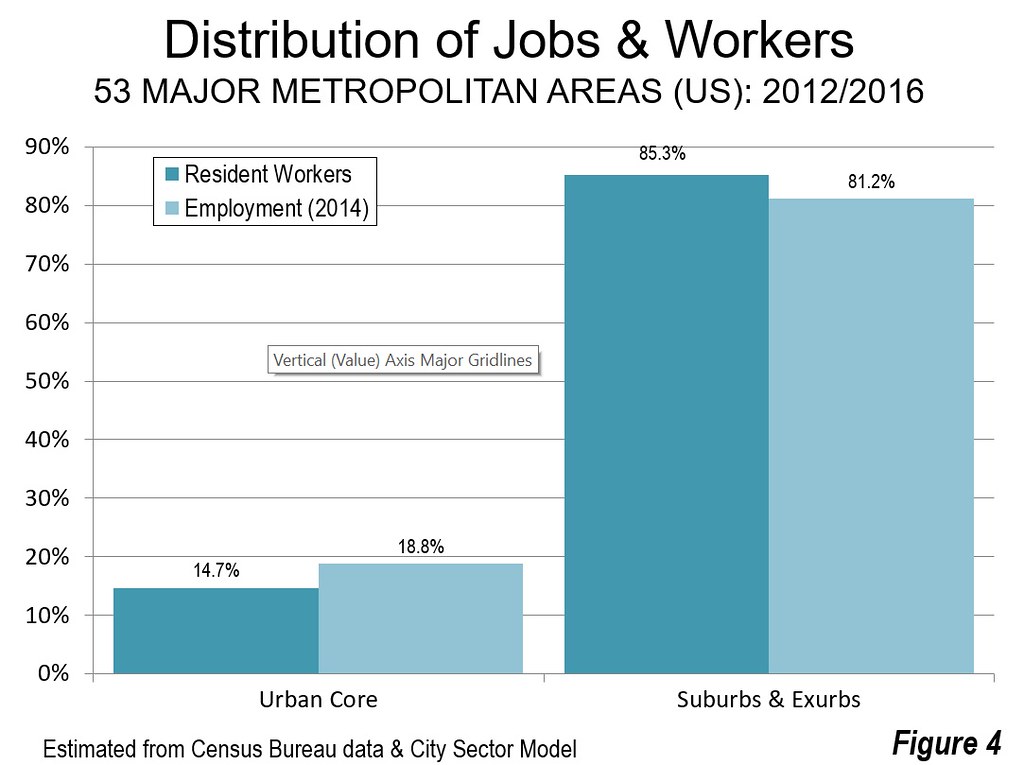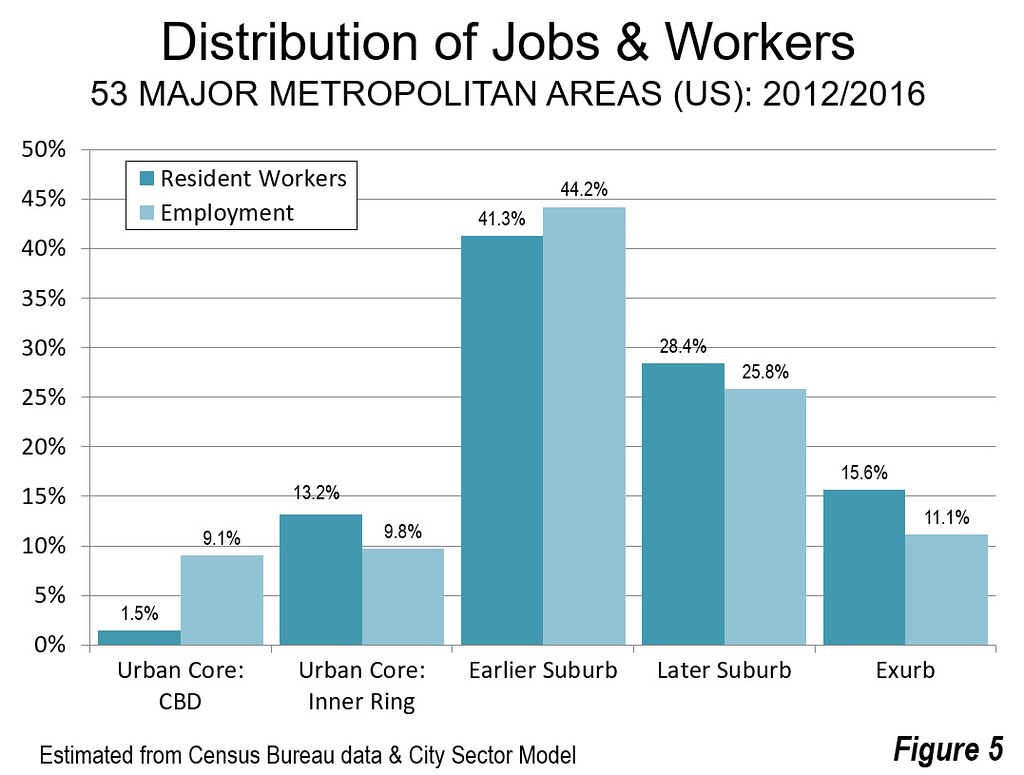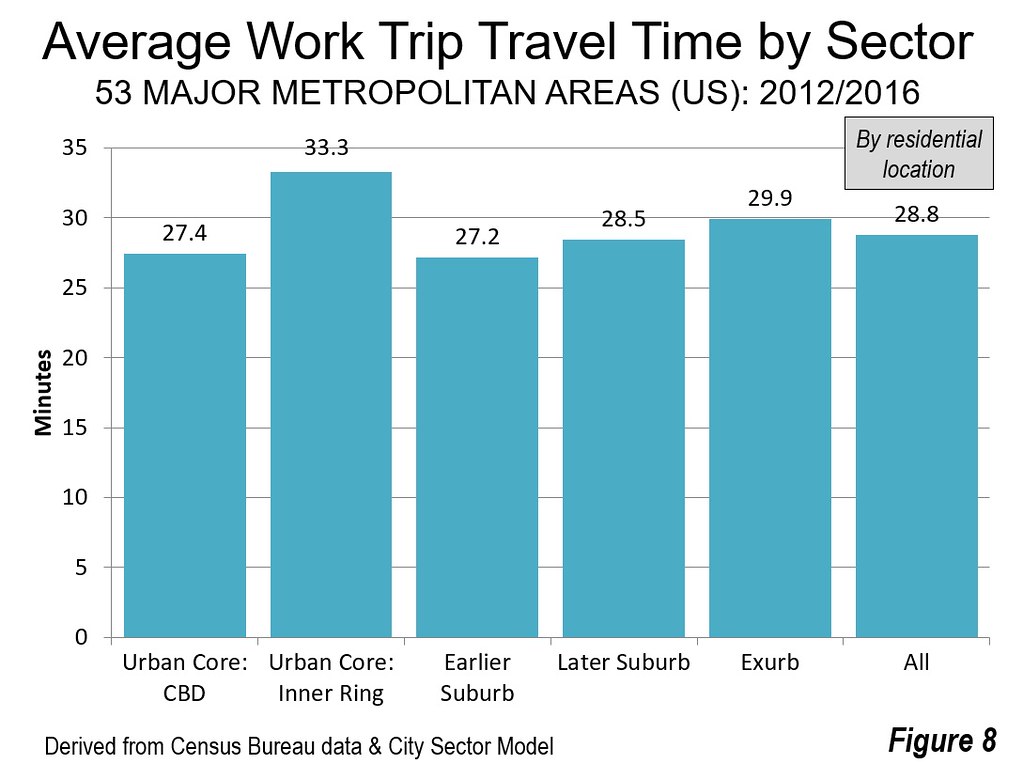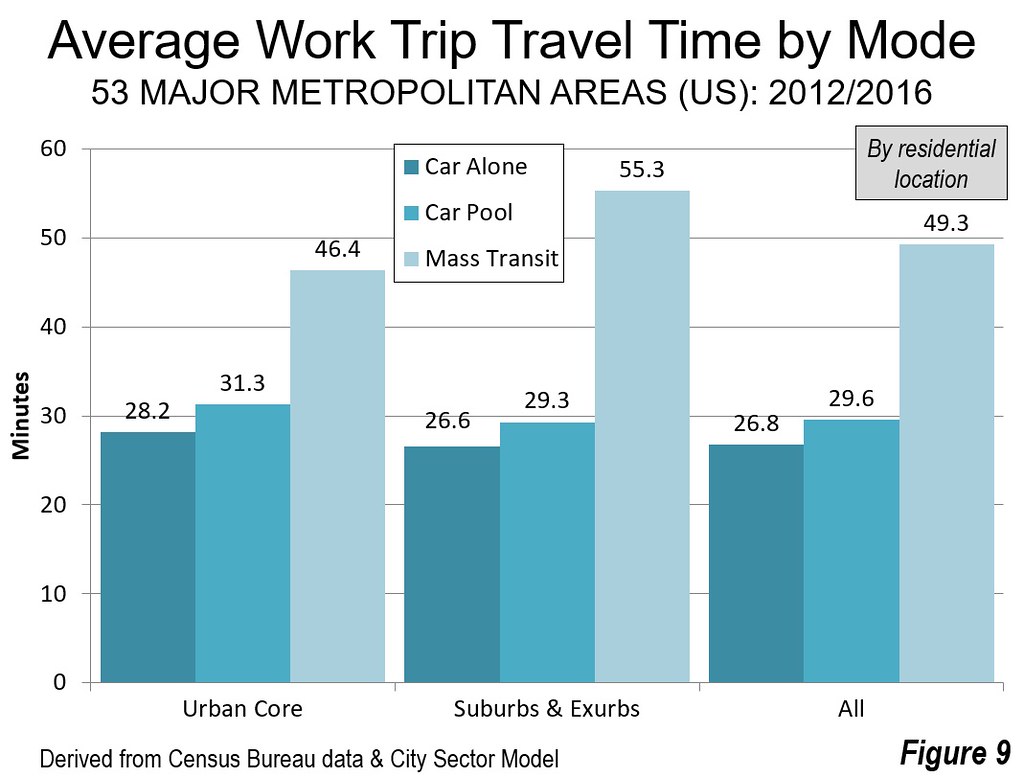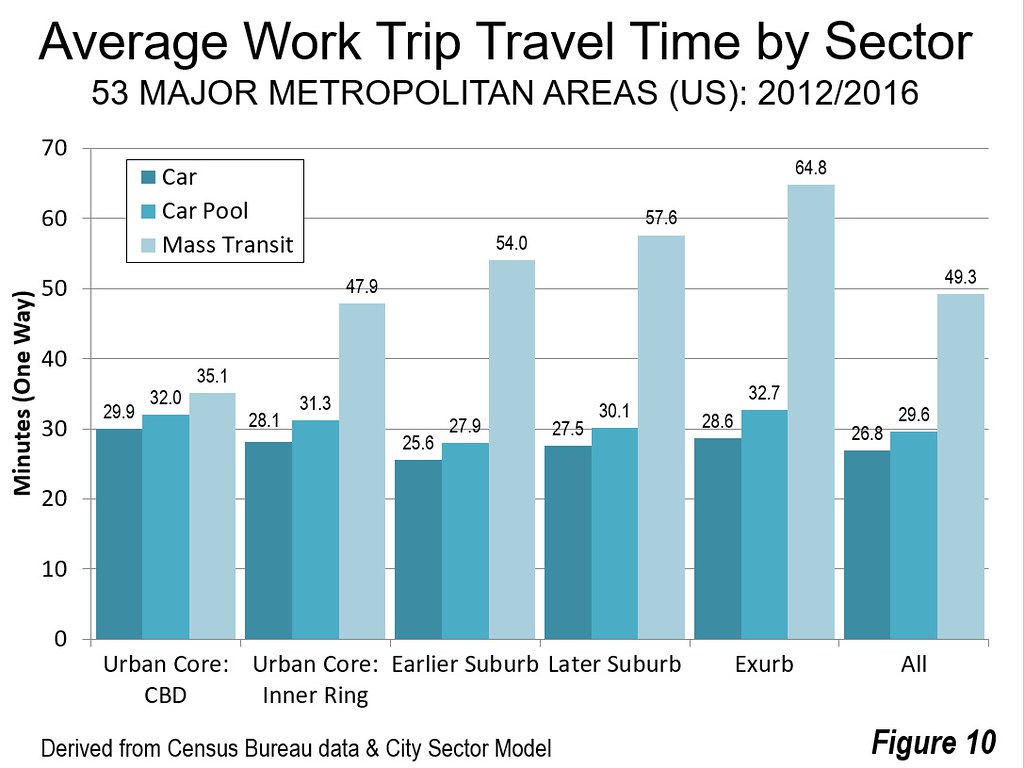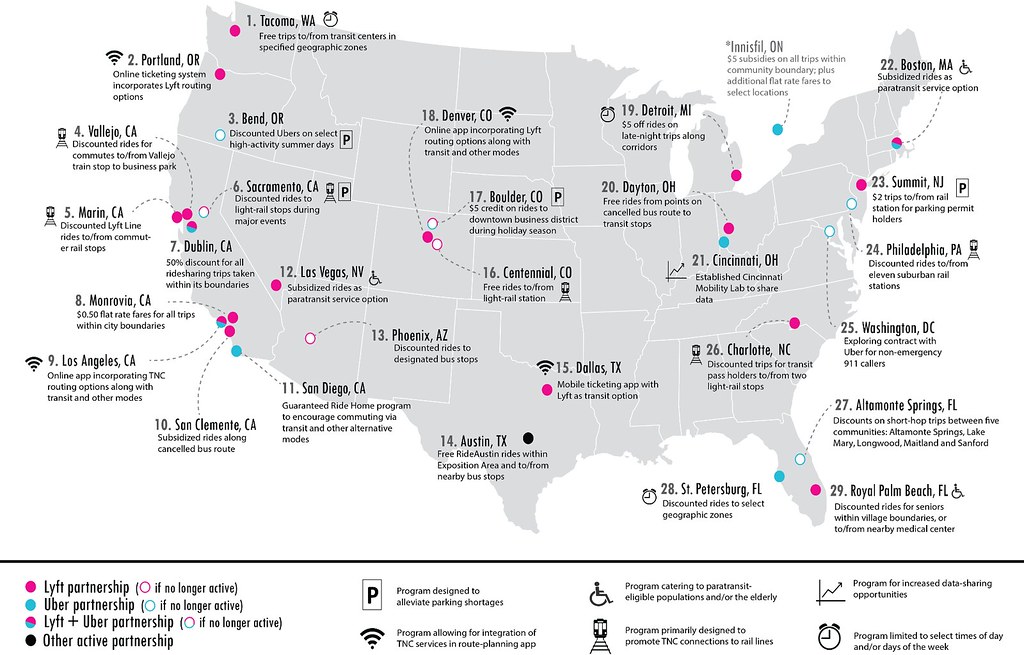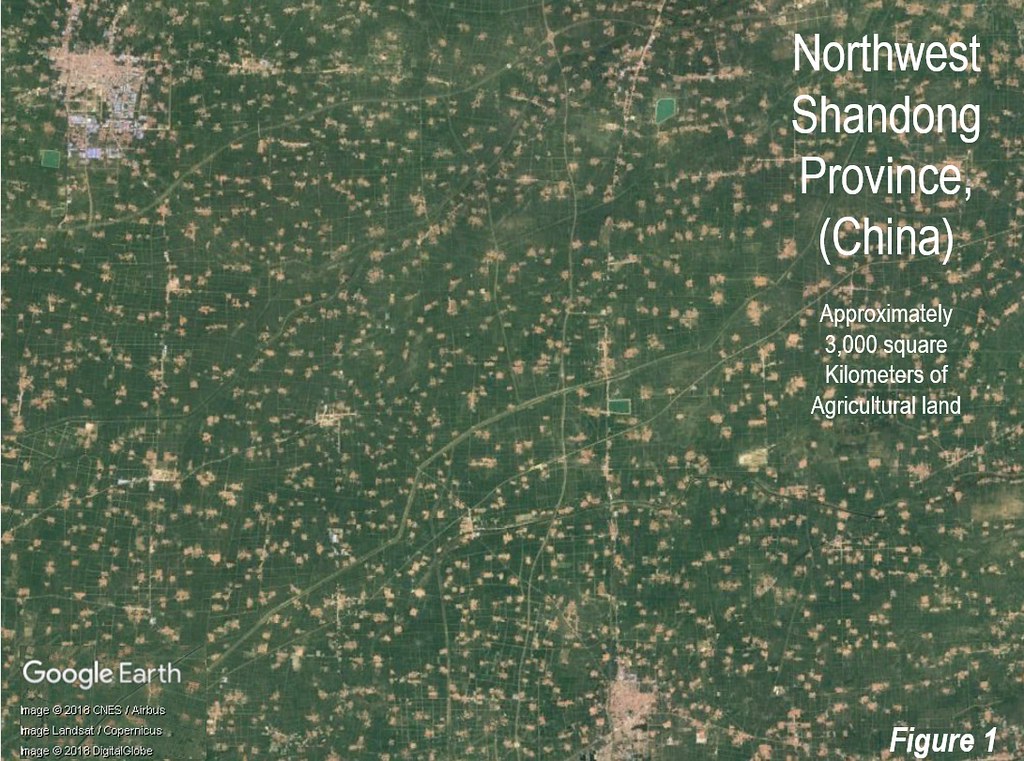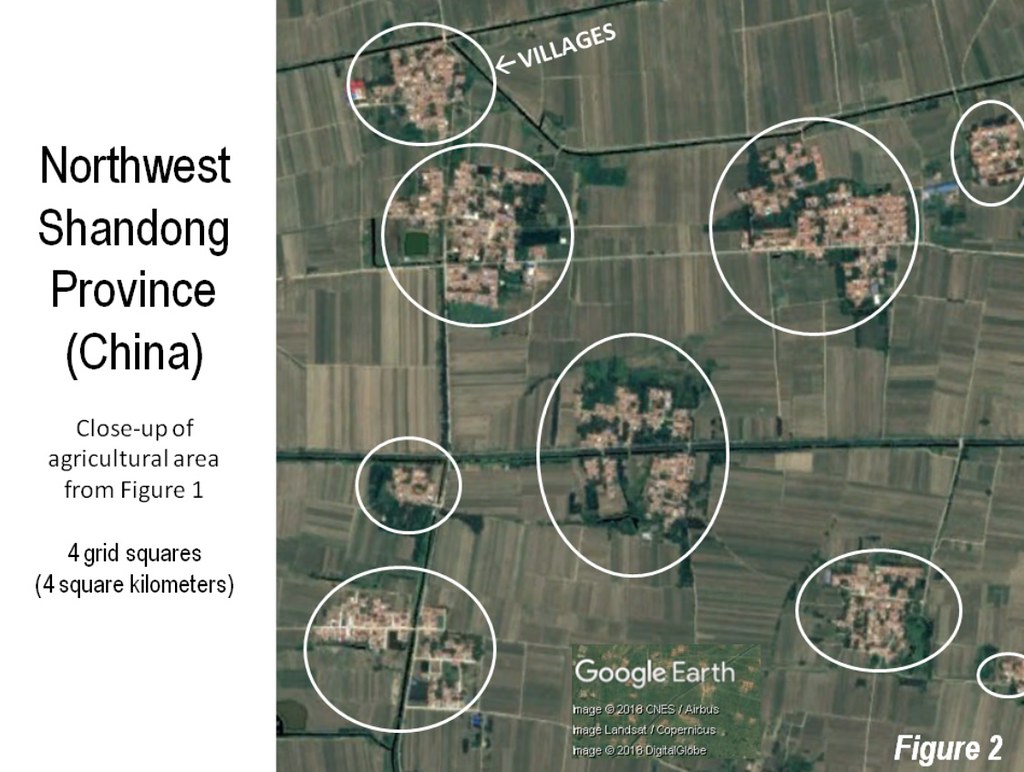Americans are increasingly prisoners of ideology, and our society is paying the price. We are divided along partisan lines to an extent that some are calling it a “soft civil war.” In the end, this benefits only ideological warriors and their funders.
One key source of this deepening division is the relentless centralization that has overtaken both our economy and our politics. Leaders of both parties have sat by while the forces of capital and government have centralized power and authority in ever fewer hands. When the federal executive branch changes hands, it’s not a political shift in the constitutional order but something closer to the kind of regime change associated with unstable countries. Increasingly, progressives favor ever more government control over people’s lives while conservatives see no limits to the power of the market.
Fortunately, there is a way out of this dilemma: a shift to local control. In a country that is ever more diverse culturally, racially, and economically, the best option is, within limits, to allow localities to determine their own fate, congruent with their own values and aspirations.
The issue here is not the irrelevance or intrinsic evil of government itself, but rather how to best address society’s primary challenges. Does the concentration of power make government more effective in addressing problems, or less so? Former Defense Secretary Robert Gates notes that the country needs to return to “the system of government bequeathed to us by the Founders,” saying that the expansion of government should be restrained “when so much of what we have works so poorly.”
Central authority is useful in such things as waging war, but a more expansive government has not, for example, improved education or seen more poor students attending college. A half century after the Great Society legislation, poverty remains higher than it was before it began. Leviathan has grown immense, but it has also failed.
Listening to the Founders
When the Founders crafted the Constitution, they understood the need for a strong federal government, but were profoundly aware of the dangers posed by the concentration of power. They had studied the successful growth of the Roman Republic, with its intricate system of checks and balances, followed by its devolution into a centralized state under one ruler.
The American Republic itself emerged in large part against monarchical control and the political oppression dealt to the colonies by the central government in London.[1] In Federalist 47, James Madison wrote: “The accumulation of powers legislative, executive, and judiciary in the same hands . . . may justly be pronounced the very definition of tyranny.”[2] The Constitution divided power in two ways: between the executive, legislative, and judicial branches of the federal government, and between the powers of the federal government and those “reserved to the states.”
The federal Constitution was enacted to ensure stability and security, but with limited powers. Madison believed a successful republic would require “checks and balances” between society’s “factions” to prevent them from gaining too much power and subverting the republican system, as occurred in Rome.[3]
Since then, localism has been a critical source of America’s dynamism. Participation in politics at the neighborhood and community level was one of the “habits of the heart” of which Alexis de Tocqueville spoke—one of the essentials in forming the American character, and sustaining free institutions.
In the ensuing nearly two centuries, this local spirit has decreased, in part due to the linkage between local control, or state’s rights, with the pure evil of slavery. Later, the challenges of the Depression, the Second World War, and the ensuing battle against communism favored the concentration of power in Washington, and increasingly in the executive.
The Rise of Leviathan
The view of the federal role as preeminent has deep roots in progressive thought. Herbert Croly’s 1909 book, The Promise of American Life, helped define progressivism beyond the ideas of the old Jacksonians and populists. It would fundamentally reshape American life; and the reshaping would be guided, promised Croly, not by the “monarchism” of the Constitution but by the disinterested ministering of “poet-leaders,” experts and social scientists.[4]
This notion of leading from the center accompanied a massive expansion of the federal bureaucracy. There were about 3,000 federal bureaucrats at the end of the Federal Period (approximately 1789 to 1823), and 95,000 when Grover Cleveland took office in 1881.[5] Since 1929, the federal government’s share of total public spending has risen from 39 percent to 53 percent. The federal bureaucracy has grown from a mere 600,000[6] employees to 2.7 million (a 2014 estimate).[7]
This role has expanded, fairly consistently, under both parties. For his part, George W. Bush increased the regulatory apparatus by 90,000 workers. Bush also expanded the federal role in education and health, and generally did little to reverse the inexorable concentration of power in Washington that already reached beyond the traditional federal role in fielding and deploying the U.S. military.
Federal power is increasingly based on the power of the purse and regulation. While the number of federal employees has not grown rapidly in recent years, the share of government spending controlled by the federal government—but often distributed through states and localities—has risen from 3 percent of GDP in 1900 to almost 22 percent in 2016. Every decade has brought more regulations, more agencies and departments, and more expansions of federal authority.
But perhaps no leader did more to expand federal power in peacetime than President Barack Obama. Under his “pen and phone” regime, the federal government issued more and more regulations, vastly expanding the power of the executive branch. The Heritage Foundation estimated that, as of 2015, the Obama administration had passed at least 184 “major rules” (regulations with at least a $100 million economic impact) and thousands of smaller rules. During its first six years, the Obama administration promulgated more than twice as many major rules as the first six years of the predecessor Bush administration.[8]
President Obama’s directives—particularly those dealing with the environment, housing, labor, race and gender—were implemented without legislative approval or even consideration, a marked shift from earlier eras of legislative-executive cooperation.[9] All of this has threatened the federalist vision, note authors Richard A. Epstein and Mario Loyola, turning local governments into “mere field offices of the federal government.”[10]
Can We Mount a Decentralist Rebellion?
President Trump, woefully ignorant of constitutional issues, is not likely to lead us away from centralization, although he may, for his own reasons, curb some of Obama’s worst excesses. More important may be public attitudes. By a wide margin—64 percent to 26 percent, according to a 2015 poll—Americans say that they believe that “more progress” comes from the local level than the federal level. Majorities of all political affiliations and all demographic groups hold this same opinion. Local governments, according to another 2015 survey, are thought to be particularly better at economic development, and at improving neighborhoods and education.
The tilt toward localism also extends to attitudes toward state governments, many of which have grown more powerful and intrusive in recent years, notably in California. Some 72 percent of Americans, according to Gallup, trust their local more than their state governmental institutions. Even in California, far more people prefer local control than being ruled from Sacramento. Strong majorities (70 percent of adults) prefer local government over state government.
Millennials, largely liberal on issues such as immigration and gay marriage, also are strongly in favor of community-based, local solutions to key problems. They might be, as one commentator suggests, more “socially conscious,” but they do not necessarily favor the top-down structure embraced by earlier generations; they prefer small units to larger ones. “Millennials are on a completely different page than most politicians in Washington, D.C.,” notes pollster John Della Volpe. “This is a more cynical generation when it comes to political institutions.”
Toward an Ideological Consensus
President Trump may have little interest in decreasing power, now that he holds it, but his presidency has increased support for a decentralizing strategy among some progressives. This includes such figures as the Brookings Institution’s Bruce Katz and urbanist Richard Florida, left-leaning pundits who now embrace the idea of freeing cities and regions from the grip of federal control.
Democrats, as liberal thinker Ross K. Baker suggests, may “own the D.C. swamp” but they are beginning to change their tune in the age of Trump. Even dutiful cheerleaders for Barack Obama’s imperial presidency, such as the New Yorker, are now embracing states’ rights.
Perhaps the most coherent case for left-of-center decentralization comes from a recent book by three prominent Democrats: former Al Gore aide Morley Winograd, pollster Mike Hais, and longtime Michigan political leader Doug Ross. In Healing American Democracy: Going Local, they make the case for decentralizing decision-making as one way to reduce polarization and the growing disillusionment with representative government as practiced in the United States today.
Within basic constitutional limits, the authors suggest a system which prefers that decision-making be as close to the citizens as possible. “That is where consensus and effective solutions are most likely to emerge,” they suggest. There’s little point, short of preserving basic constitutional protections, in forcing a common ground between, say, citizens in Portland, Oregon and those in the conservative eastern part of that state, or in making California harmonize with Mississippi.
Of course, once back in power, many progressives will once again find federal power appealing. But as millennials become more important, and information technology disrupts the political norms of former generations, many progressives might embrace a decentralist solution, particularly if they recognize that the nation remains, for the most part, center-Right in orientation.
The Conservative Conundrum
Historically conservatives have favored local control—after all, they are supposed to favor small government. But when in power at the national level, they have shown an unfortunate tendency to act with the centralizing zeal of Soviet apparatchiks.
In states like Texas and North Carolina, right-wing legislators have actually expanded state powers in order to limit political heterodoxy on environmental issues and cultural issues. As analyst Aaron M. Renn points out, these assaults on local control are carried out by conservative legislators who want to contravene the progressive agenda of core cities while, in blue states, progressive-dominated state governments frequently seek to override more conservative local governments.
There is another, and perhaps even more pernicious, conservative trend: to refuse localities the right to protect themselves from the unwanted ramifications of untrammeled capital. Throughout much of the past quarter century, libertarianism—largely averse to government regulation and fervent about reliance on private initiative—has been the unofficial faith of the GOP. Yet this tendency also has a downside when it comes to the realities of how people want to live.
A classic case came up recently in California, with a bill, proposed by state senator Scott Wiener of San Francisco, to remove local government control of housing development in certain areas. This bill is part of a concerted progressive attempt to attack the suburban way of life embraced by most Americans. Some libertarian conservatives, supposed champions of “small government,” supported a measure that would leave local governments and communities out of decisions affecting their day-to-day lives.
Needed: A New Political Paradigm
If progressives and conservatives could come to an agreement on localism, it would constitute the electorate’s best protection against ideologically driven, unwanted intrusions by both capital and government. What is needed is not enforced unanimity but the nurturing of multiple alternatives. We need to allow states to serve as what the progressive Justice Louis Brandeis described as “laboratories of democracy.” These entities, he suggested, can “try novel social and economic experiments without risk to the rest of the country.” In other words, let Oregon legislate one way, and Texas and Oklahoma another. Voters could then judge what approach they prefer and try to prove what works best.
Under these localist principles, states also would decentralize authority. California’s coastal power structure, largely concentrated in the Bay Area, should not be so able to impose policies that mean real hardship in Fresno, Riverside, or Redding. Similarly, progressive redoubts in places like North Carolina should be able to legislate their preferences without being gagged by the more conservative rural areas.
The country’s Founding was based largely on the idea of giving communities control over their own money and their own fate. The decades-long rush to centralize power—whatever the political orientation—has undermined our union, and left the country on the road, inevitably, to a new kind of interminable conflict. It is time to reverse course.
[1] See John Adams’s recounting of the history of Rome in Defence of the Constitutions: “We may affirm the contrary; that a standing authority in an absolute monarch, or an hereditary aristocracy, is less friendly to the monster than a simple popular government; and that it is only in a mixed government, of three independent orders, of the one, the few, and the many, and three separate powers, the legislative, executive, and judicial, that all sorts of factions, those of the poor and the rich, those of the gentlemen and common people, those of the one, the few, and the many, can at all times be quelled. . . . The only remedy is to take away the power, by controlling the selfish avidity of the governor, by the senate and house; of the senate, by the governor and house; and of the house, by the governor and senate.”
[2] Madison’s full quote in Federalist 47: “The accumulation of all powers, legislative, executive, and judiciary, in the same hands, whether of one, a few, or many, and whether hereditary, self-appointed, or elective, may justly be pronounced the very definition of tyranny.”
[3] Charles and Mary Beard, The Rise of American Civilization (MacMillan and Company, 1930), pp. 334-35.
[4] Fred Siegel, Revolt Against the Masses: How Liberalism Has Undermined the Middle Class (Encounter, 2013), pp. 9-10.
[5] James Q. Wilson, “The Rise of the Bureaucratic State,”The Public Interest, Fall 1975.
[6] Irving Stern, “Government Employment Trends, 1929 to 1956,” Monthly Labor Review 80:7 (July 1957), 811-815, published by the Bureau of Labor Statistics, U.S. Department of Labor.
[7] “Total Government Employment Since 1962,” Historical Federal Workforce Tables, Office of Personnel Management, Washington, D.C. Available at: https://www.opm.gov/policy-data-oversight/data-analysis-documentation/federal-employment-reports/historical-tables/total-government-employment-since-1962/
[8] James Gattuso and Diane Katz, “Red Tape Rising: Six Years of Escalating Regulation Under Obama,” the Heritage Foundation, Washington, D.C., May 11, 2015.
[9] For example, the working relationship between President Bill Clinton and House Speaker Newt Gingrich.
[10] Richard A. Epstein and Mario Loyola, “The United State of America: Washington Is Expanding Its Power by Turning State Governments into Instruments of Federal Policy,”The Atlantic, July 31, 2014.
This piece originally appeared in Law and Liberty.
Joel Kotkin is executive editor of NewGeography.com. He is the Roger Hobbs Distinguished Fellow in Urban Studies at Chapman University and executive director of the Houston-based Center for Opportunity Urbanism. His newest book is The Human City: Urbanism for the rest of us. He is also author of The New Class Conflict, The City: A Global History, and The Next Hundred Million: America in 2050. He lives in Orange County, CA.
Photo by Ckelley [CC BY-SA 3.0 ], from Wikimedia Commons
![]()
